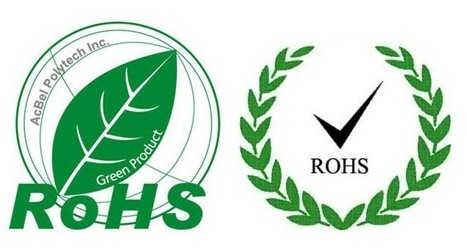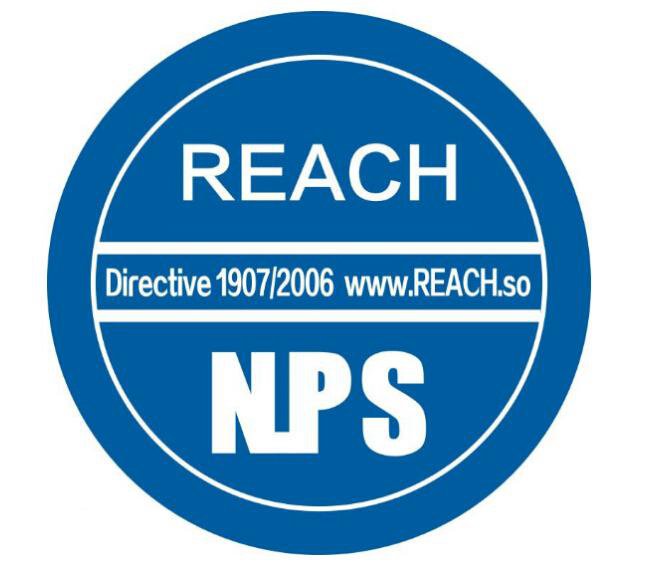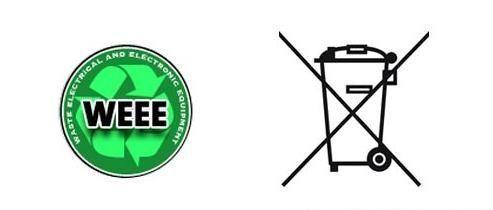There are numerous requirements for ecological and environmental protection. In our daily work, we often encounter ROHS, REACH, Halogen-free, WEEE and other standards. The following xiaobian will briefly introduce the relationship between them.
What is RoHS?
RoHS certification, also known as environmental certification, is in line with European and American standards. It is The Abbreviation of The Restriction of The Use of Certain Hazardous substances in Electrical and Electronic Equipment. The import of hazardous heavy metals in electrical and electronic products, such as lead Pb, cadmium Cd, Hg, hexavalent Chromium Cr6+, PBDE and PBB, has been banned by the EU since July 1, 2006.

What is REACH?
REACH is the Eu regulation on Registration, Evaluation, Authorization and Restriction of Chemicals. The scope of REACH regulation is very broad, basically covering all products made up of chemical substances sold in the EU market, which can be divided into three categories: substances, mixtures and articles.

What is the WEEE directive?
The WEEE Directive refers to Waste Electrical and Electronic Equipment (WEEE)Directive(2002/96/EC), adopted by the European Parliament and the Council. That is, scrap electrical and electronic equipment recovery instructions. In order to properly deal with the huge amount of electronic and electrical waste, maintain, protect and improve environmental quality, protect human health, use natural resources rationally and prudently, and recover precious resources.

Relationship between RoHS and REACH
RoHS and REACH interact in complex and complementary ways. If the product complies with RoHS requirements, it may not comply with REACH requirements and vice versa. Product compliance with both regulations may be required. RoHS is designed specifically for the electronics industry, while REACH is similar in design but has a broader focus.
Differences between WEEE and RoHS directives
The WEEE directive and the RoHS directive test items are similar, but the purpose is different. WEEE is for the recycling of discarded electronic products to protect the environment, while RoHS is for the use of electronic products in the process of environmental protection and human safety.
"Rohs Directive" and "WEEE Directive" provisions into the hazardous substance restriction management and scrap recycling management of 10 categories of 102 products, the first seven categories of products are China's main export electrical products. This includes large household appliances, small household appliances, information and communication equipment, consumer products, lighting equipment, electrical and electronic tools, toys, leisure and sports equipment, medical equipment (other than implanted or infected products), monitoring and control equipment, vending machines.
